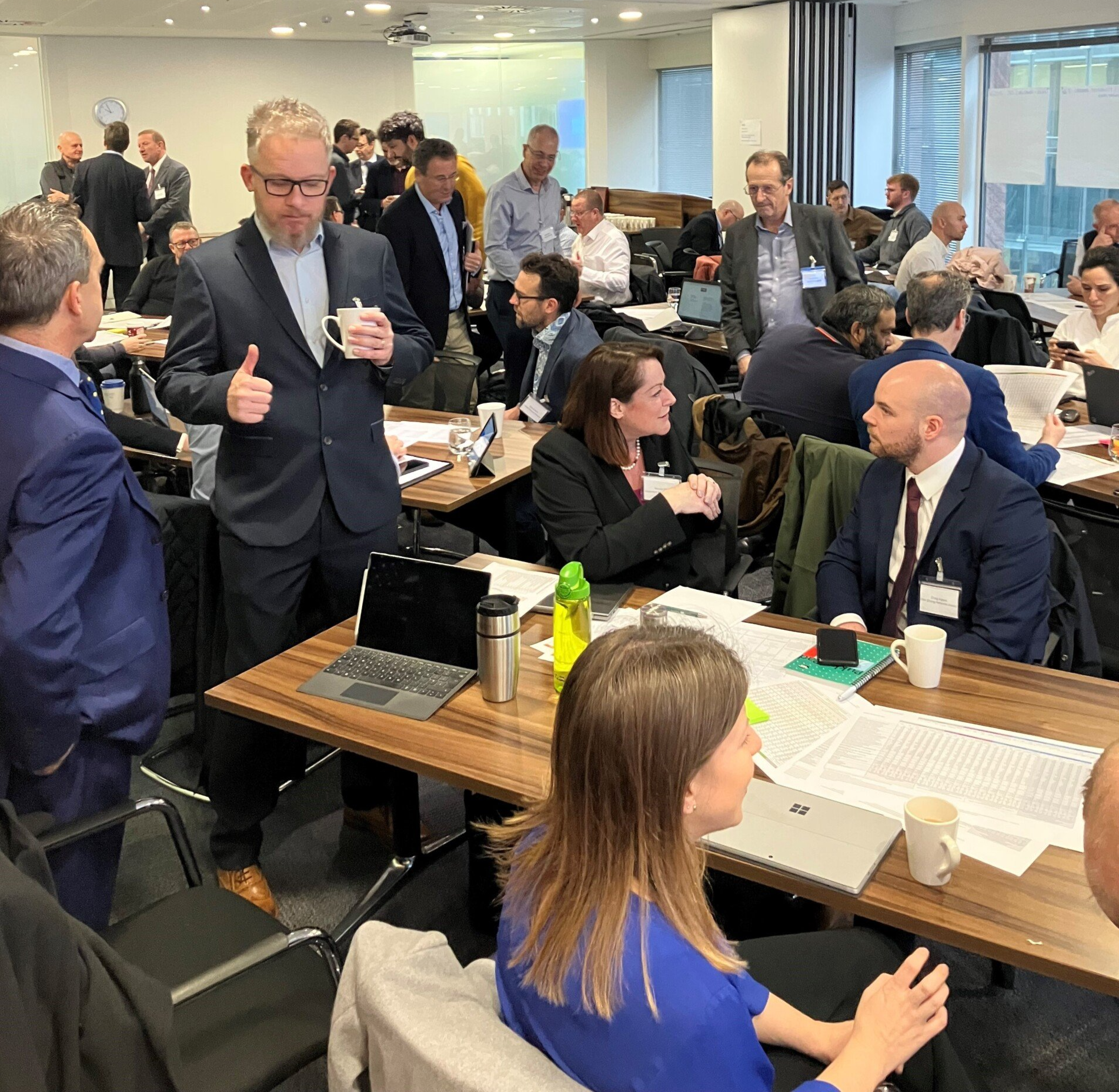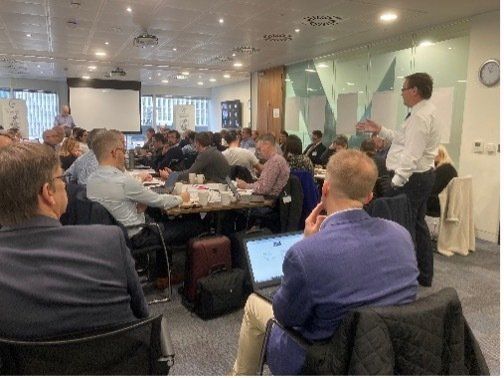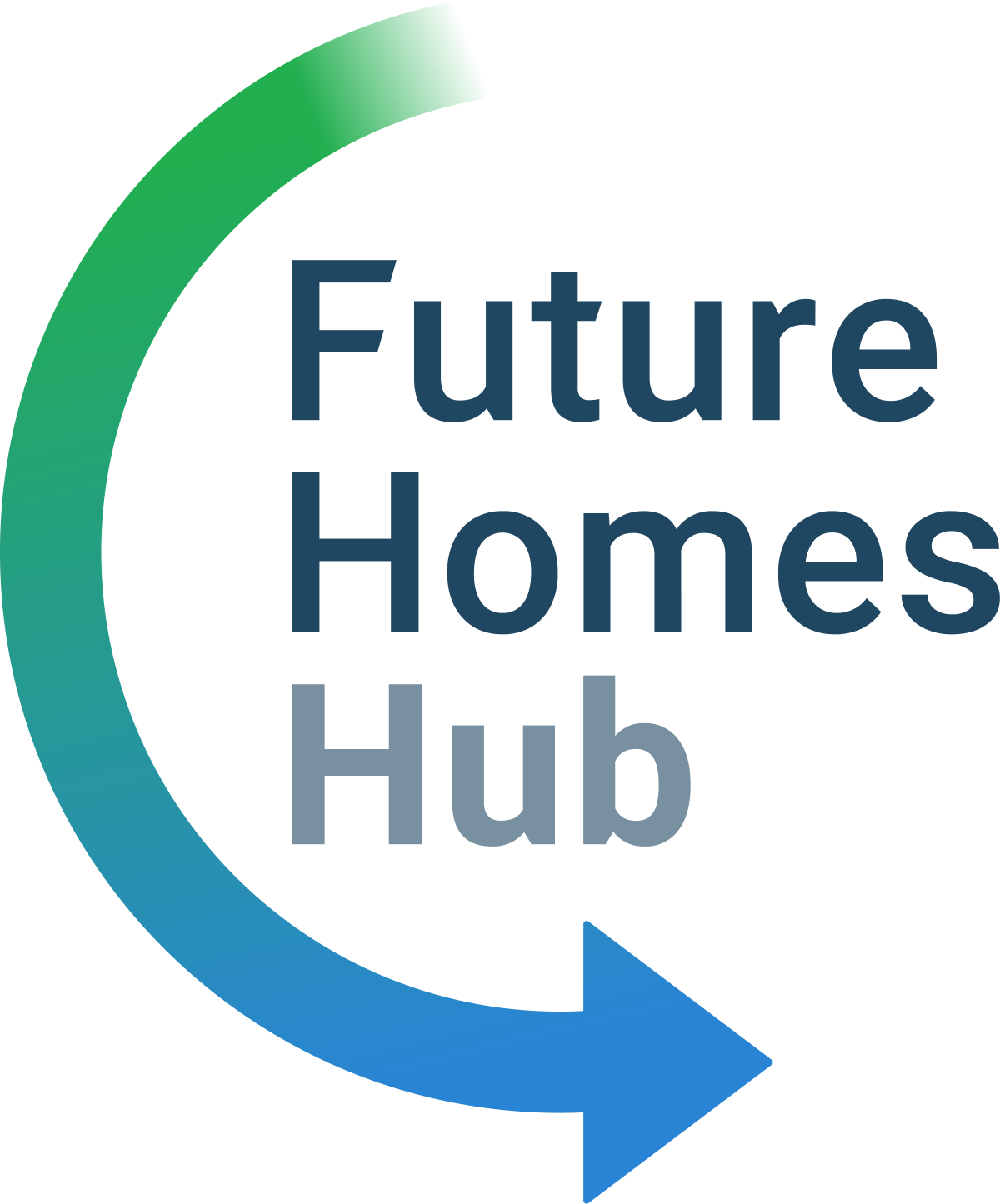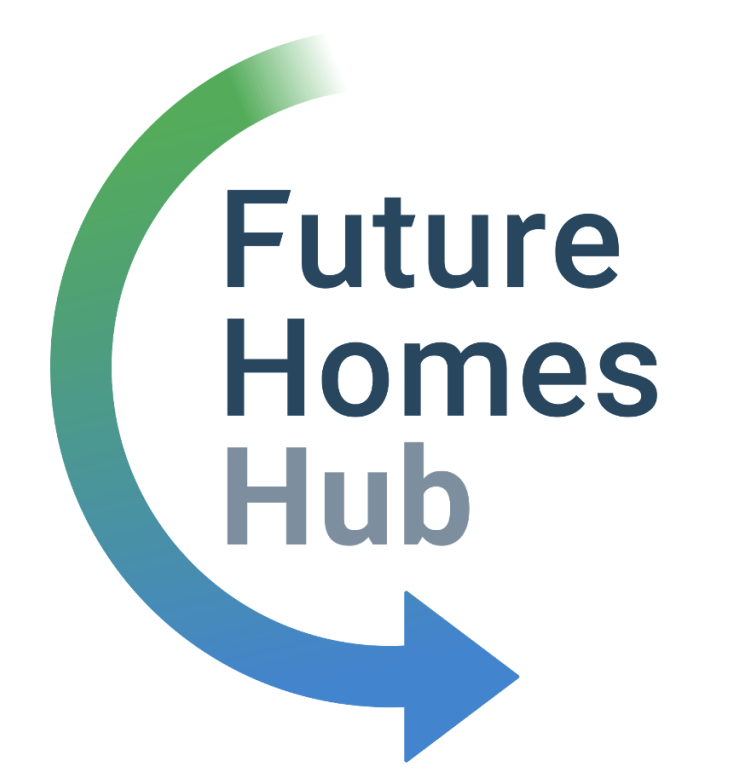Refining the Future Homes Standard 2025: Evidence review workshop
Future Homes Hub • December 2, 2022
Purpose: to review the implications of different options for meeting the Future Homes Standard when delivered at scale
Chairs: David Adams, Strategic Advisor and Oliver Novakovic, Scale-up Director
Date: Wednesday 30 November – Thursday 1 December
Who participated: 80 delegates from large and small home builders, suppliers, designers, consultants, housing associations, customer groups, planners and government policy makers.


Background
The Government has committed to consult on the Future Homes Standard in late spring 2023. This Standard will deliver zero carbon ready homes, with low carbon heating and high fabric standards, that will require no future retrofitting.
The Future Homes Hub is operating under a terms of reference from the Department for Levelling Up to present the views of all stakeholders on the new technologies and approaches homebuilders may use to deliver the Future Homes Standard and the benefits and challenges of each. The process has brought together over 180 people from 112 different organisations.
What we covered
We looked at the full range of “contender specifications” for building Net Zero homes under the Future Homes Standard.
| Elements | CS1 | CS2 | CS3 | CS4 | CS5 |
|---|---|---|---|---|---|
| Fabric performance | Slightly below Part L 2021 Notional | Part L 2021 Notional (to meet FEES) | Similar to Part L 2025 draft notional | PassivHaus fabric level | Beyond PassivHaus fabric level |
| Windows | Double glazing | Double glazing | Double glazing | Triple glazing | Triple glazing |
| Ventilation strategy | DMEV Airtightness 5.0 | DMEV ** Airtightness 4.5 – 4.0 | MVHR Airtightness <3.0 | MVHR Airtightness 1.0 | MVHR Airtightness 0.5 |
| Space heating | Radiators *** | Radiators *** Infra-red* | Radiators/ Underfloor *** | Radiators/ Underfloor *** | None |
| Energy systems | ASHP (+ WWHR if required to achieve 75% CO2 reduction) | ASHP, WWHR Immersion* | ASHP | ASHP | Integrated MVHR/ EAHP for DHW |
| Renewable generation | None, unless required for 75% CO2 reduction | PV PV + Battery* | PV | PV (variant with none) | PV |

And the practical implications of delivering them at scale through a range of different lenses:
- Learnings from the 2021 changes to parts F, L, O and S of the building regulations
- Consumer desirability and expectations
- Skills
- Supply chain
- Fabric performance
- Technnology performance
- Design and planning implications
- Implications for flatted developments
- Grid loads
- Implications for SMEs
- Metrics
What happens next
The findings are being drafted and will be reported to DLUHC in early January and made available in a public report.
You can find out more about the Future Homes Standard project here.
You can also hear from Strategic Advisor for the Hub, David Adams here.
Many thanks to all who have participated in the meeting and wider process. The spirit of collaboration has been inspiring.
As one delegate said:
This decade is going to bring huge change to the built environment and energy sector – I hope the work we’ve done helps some way in achieving a just and green transition. Sitting in a room with so many people who are bringing ideas forward, collaborating and sharing their experiences and goals has given me a real hope for our future.

